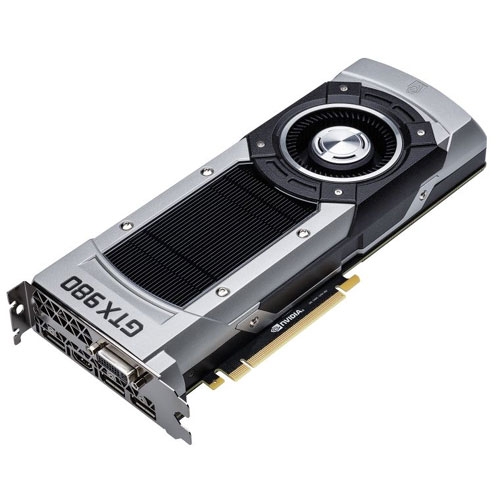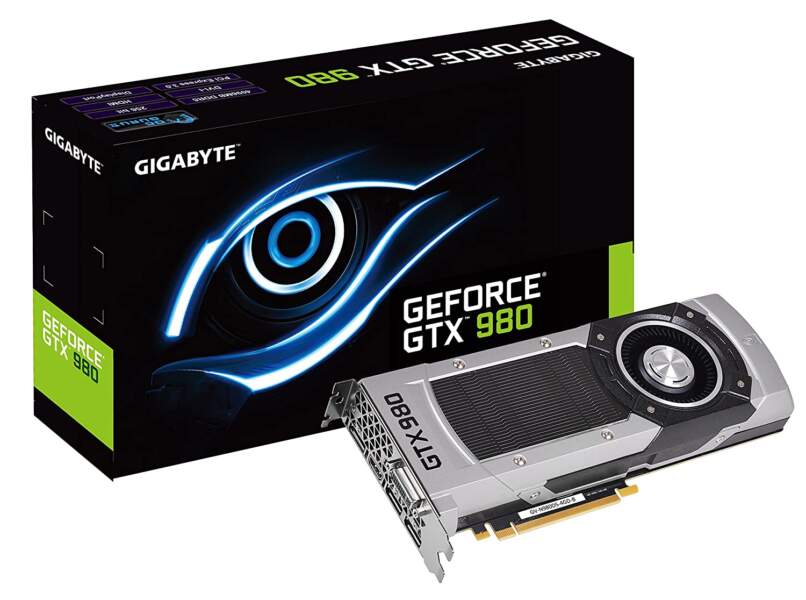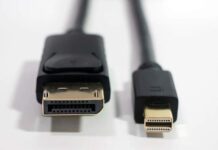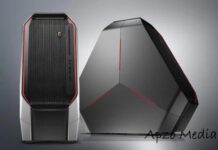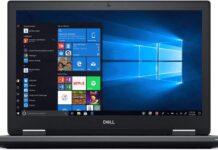One of the most potent graphics cards currently offered by Nvidia is the GTX 980. It is built with the Maxwell architecture and the main goal is performance while also significantly lowering power consumption. In this article we will discuss more about Nvidia GeForce GTX 980 features and performance.
Nvidia GeForce GTX 980 Overview and Specification
The NVIDIA GeForce GTX 980 is a high-end computer graphics card based on the Maxwell architecture of the second generation. TSMC manufactures the GM204 chip at 28 nm. When compared to the earlier GeForce GTX 780Ti, the 980 delivers comparable performance while consuming less power on average.
The Nvidia GeForce GTX 900LM is built on the same hardware for laptops. It has fewer shader cores and slower frequency speeds, resulting in poorer performance. The GTX 980 is used in laptops since the end of 2015. (Same chip with same clocks and branding).
The GeForce GTX 980 supports a variety of unique technologies such as CUDA, 3D Vision, PhysX, GeForce Experience, Game Stream, GPU Boost 3.0, Adaptive Vertical-Sync / G-Sync, SLI, DSR, MFAA, and Virtual Reality latency improvements. It is made up of 5.2 billion transistors and 2,048 stream processors. This indicates that it has the power to play top-tier games.
The stock speed of 1,126MHz can be increased to a maximum of 1,266MHz using GPU Boost. It contains 4GB of GDDR4 memory clocked at 7,010MHz. While this appears to be adequate, the memory is only accessible via a 256-bit bus, a standard that in 2016 appears to be a little out of date. The GTX 980 faces stiff competition in a crowded market, which is unsurprising given the card’s capabilities.
It can play games at 1080p and 1440p resolutions, but it can even handle top titles at 4K. This means it didn’t struggle with titles on 3,440 x 1,440 full screen displays, or titles run on VR headsets like the Oculus Rift and HTC Vive. According to Nvidia’s badge system, the Nvidia GeForce GTX 980 is officially ‘VR’ Ready. This card supports both the Vive and the Rift.
Synthetic Benchmarks and Power Consumption
Synthetic tests highlighted the relationship between Nvidia’s card and its two AMD competitors. The GTX 980’s Fire Strike Extreme score of 5,620 points is a few hundred points more than the R9 390X but about 1,000 points lower than the Fury.
In the more difficult Fire Strike Ultra benchmark, the Nvidia card’s 2,923 result trailed the Fury by roughly 500 points and also trailed the R9 390X. In Unigine Heaven, Nvidia’s hardware was similarly competitive. The GTX 980’s 1440p score of 35.8 fps was a few frames ahead of the R9 390X but safely behind the Fury, but it lost both GPUs at 4K.
This GTX 980 performance evaluation is unreliable. But there is one area where Nvidia’s Maxwell cards consistently outperform AMD: power consumption. The test system required a modest 273W from the mains with Nvidia’s card installed. That’s significantly less than the 373W required by the Fury-powered PC, and even less than the 410W required by the R9 390X-powered machine.
Energy consumption will be a secondary issue for many gamers, but it’s still worth considering – and not only for the sake of your electricity bill. A cooler and more efficient card can rest easily inside small-form-factor computers, and these GPUs are often silent and more tolerant of aggressive overclocking.
Gaming Benchmarks at Standard Resolution (1080p and 1440p)
The Nvidia GeForce GTX 980 1080p capabilities are obvious. Its lowest average frame rate was in Crysis 3, the most difficult test game, but it still managed a buttery-smooth 73 fps average with a fantastic minimum of 58 fps. The GTX 980’s best 1080p score was in Tomb Raider, in which it achieved a minimum of 128 fps and an amazing average of 157 fps.
The GTX 980 can play 1440p games without cracking a sweat. This is the first place where Nvidia’s GPU will be compared to AMD’s two rivals. Battlefield 4 minimum and average frame rates of 41 fps and 55 fps, respectively, are good – readily playable. However, in both of those tests, the R9 390X and R9 Fury were roughly five and ten frames faster, respectively. We saw this motif in Metro: Last light as well.
In GTA V, Batman: Arkham Origins, and Crysis 3. The trio was switching spots for best average and minimum frames per second at 1440p. The GTX 980 delivered the best performance in BioShock Infinite, in which its 63 fps minimum greatly beat the AMD cards. However the R9 390X and R9 Fury’s 14 fps minimums are likely due to a driver bug.
And while the Nvidia card’s average frame rate of 77fps is absolutely acceptable, it’s a few frames behind than the R9 390X and even further behind the Fury. Nvidia’s GPU didn’t outperform its competitors in any 1440p benchmarks, but it actually delivers playable frames per second in every test title – which is perhaps just as important.
Gaming Performance at Higher Resolution (2160p or 4K)
The Nvidia GeForce GTX 980 remained in second place behind both AMD cards in the 4K testing. With the growing demands of gaming at 3,840 x 2,160 also means the GeForce card wasn’t quite playable in every game. Its minimum and average Battlefield 4 performances of 20 fps and 28 fps, for example, are a tad slow, with both AMD cards outperforming it.
It only got the GTX 980 to play the game smoothly by turning off anti-aliasing. This improved the card’s score to 31 fps and 41 fps. The GTX 980 performed better in Batman.
The Fury, on the other hand, stayed faster. In BioShock Infinite, the GTX 980’s 34 fps minimum assures playability and is better than either of AMD cards. But both AMD cards have higher average frame rates. At 4K, the seas are definitely muddied. The GTX 980 wins five of the tests at this resolution. But the R9 390X wins more minimum and average frame-rate benchmarks.
Conclusion
The Nvidia GeForce GTX 980 is a powerful card with the power to play anything at 1080p and 1440p. As well as nearly all games at 4K. However, AMD’s two competitors provide comparable performance improvements for comparable money. The GTX 980 is a good choice – but keep in mind that alternative GPUs are faster.








































